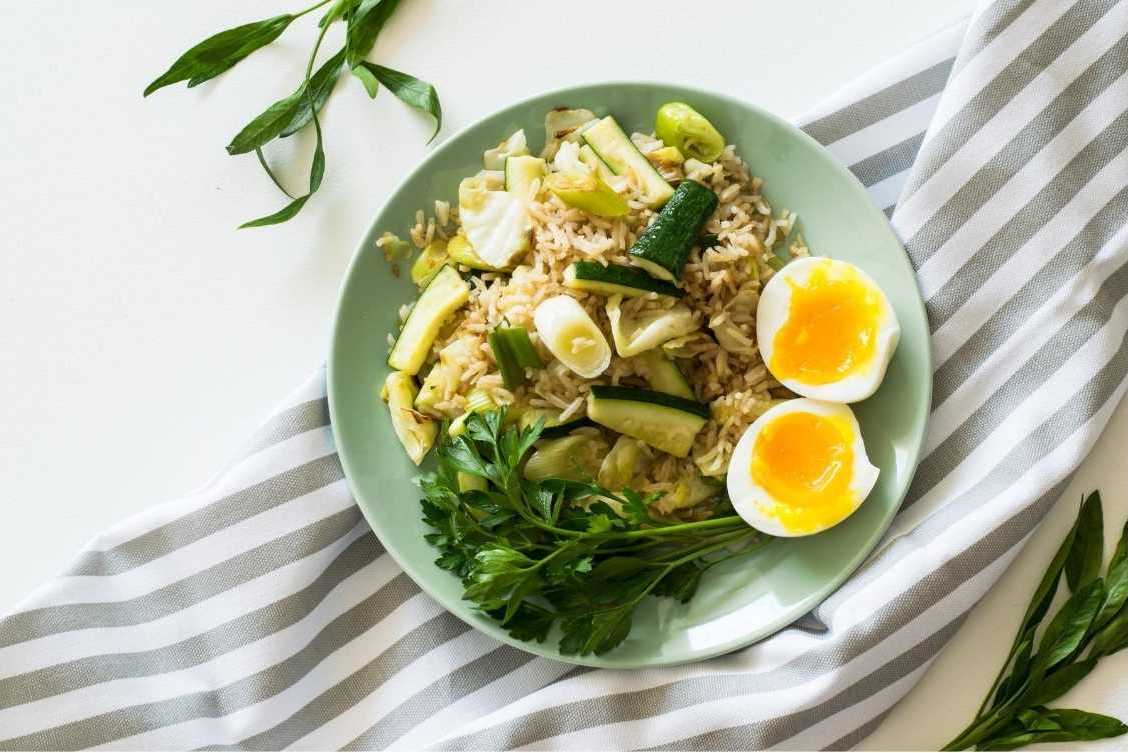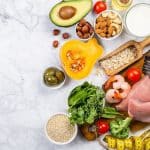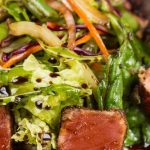
How to eat healthily on a budget
It is often perceived that you cannot have both a healthy diet and healthy bank account; but eating a balanced and nutritious diet needn’t cost a fortune. Here, we focus on how you can eat well whilst saving money by making small and simple changes.
Meal plan
The number one way in which to save money and ensure a balanced diet is to plan ahead. Draw up a weekly meal plan based on the four food groups found below. Remember to also have a look to see what food items are hiding in your cupboard before adding them to a shopping list – you’ll be surprised how much you will already have to hand!
Four main food groups
- Vegetables, salad and fruit
- Starchy foods (focus on the wholegrain varieties) – pasta, rice, cereal, grains, bread
- Protein – Meat, fish, pulses, eggs, nuts, seeds, and meat alternatives
- Dairy and dairy alternative foods
The fifth food group
The fifth food group includes high processed food and drink that is high in sugar, salt and fat. These choices are often minimal in nutritional value and are much more expensive. This includes items such as sugary drinks, crisps, cake, chocolate, snack bars, baked goods, microwave meals and takeaways.
On average, one in every six meals is eaten out of the home – cutting back on this could save you hundreds every year!
The four main food groups in practice:
Vegetables, salad and fruit
- Choose seasonal
- Buy the weekly fruit and vegetable offers
- Buy frozen fruit or veg if you prefer, especially if you expect to have waste when buying fresh
Starchy foods
- Eat wholegrain varieties as they contain more fibre and nutrients
- If you can foresee waste, pop it in the freezer e.g. cooked potatoes, pasta or rice are all fine to be frozen and fully defrosted before eating
- Bread is the number one wasted food item – freeze it!
Protein
- If possible, buy whole birds as they can be butchered for many meals and uses and will work out cheaper than cuts of meat. Two breasts, two thighs, two drumsticks, plus wings and a carcass with which can be used for a stock!
- Pluses, e.g beans, lentils and peas are some of the cheapest foods available. They are high in nutrients, count towards your 5-A-Day and can replace some or all of your meat whilst bulking out meals.
Dairy and dairy alternatives
- Avoid sugary fruit yoghurts that are high in calories and price
- Choose supermarket own brand plain yoghurts and add your own fresh or dried fruit to sweeten
- Buy in larger quantities to be more cost effective
Extra money saving ideas
- Freeze any leftovers
- Cook larger batches of food before freezing – this will help to save time and planning in the future
- Compare prices by weight and volume as sometimes the more expensive item can be cheaper overall
- Use herbs and spices wherever possible as they will help to liven up any dull food
Example – A one-day budget friendly menu
Breakfast – Porridge
- Rolled oats
- Water or milk
- Chopped apple
- Honey
Snack
- Piece of fruit
Lunch – Tuna sandwich
- Wholegrain bread
- Canned tuna
- Low-fat mayonnaise or plain yoghurt
- canned sweetcorn
- Cucumber
- Spinach
Snack – Veggie crudités
- Carrot
- Cucumber
- Peppers
Evening meal – Chicken and vegetable traybake
- Chicken leg
- Sweet potato
- Pepper
- Courgette
- Tomatoes
- Herbs and spices
- Olive oil
Drinks
Water is the best choice overall when it comes to saving money and boosting health – try adding fresh fruit such as a squeeze of lemon or lime to add some flavour.
To get started on your meal planning, take a look at our huge choice of delicious recipes. If you have items that you need to use, simply pop them into the ingredients search box to avoid wasting anything you already have to hand!


